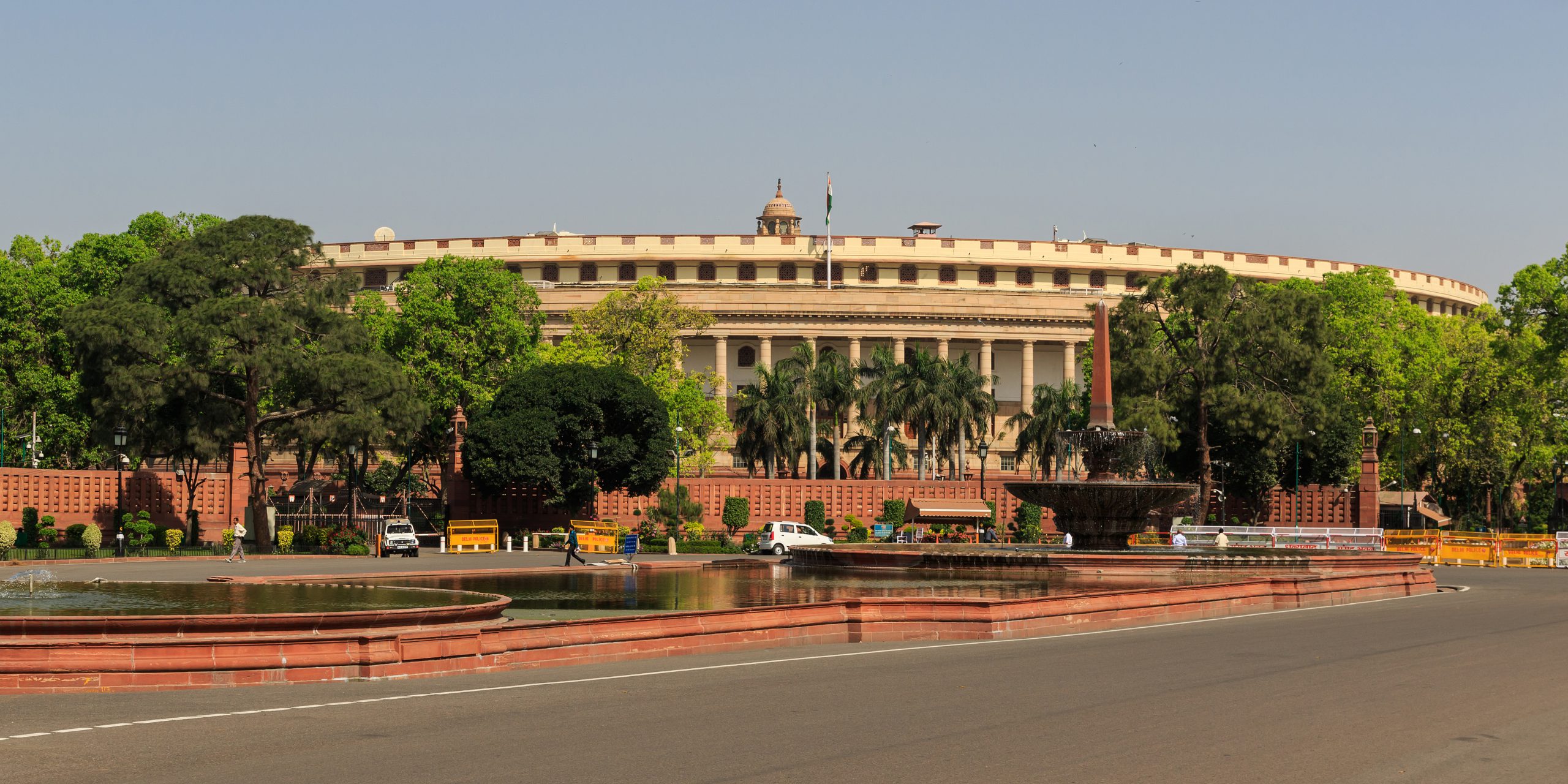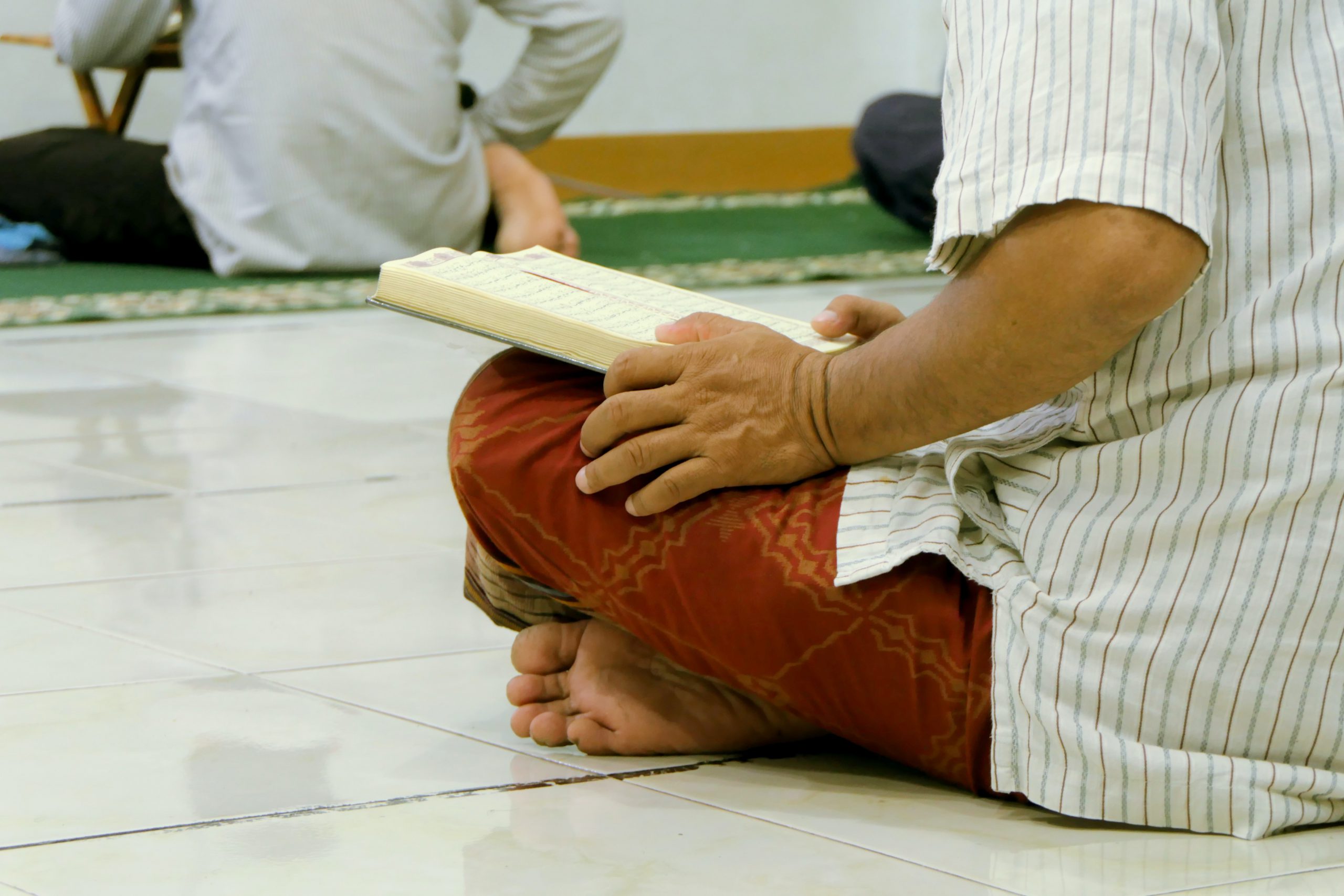Union as the bulwark of the Constitution – Part II

In the previous piece we had discussed the Constituent Assembly’s intention behind a carefully crafted Article 355 to enshrine a duty of the Union to protect the states and the constitutional machinery therein. Continuing from that discussion, here we elaborate upon the intended effect and implementation of Article 355 along with its cognate provisions. The Constituent Assembly debates had discussed the instances in which provisions related to emergency powers and the Union’s obligation in this regard would come into play. We shall examine the operation of these cognate provisions mainly from the lens of the Union’s duty under Article 355.
Article 355 and President’s Rule
Article 356 of the Constitution provides for imposition of ‘President’s Rule’ in states when the President is satisfied that the constitutional machinery has broken down. We shall discuss here, how the Constituent Assembly had envisaged it as an extension of the Union’s obligation under 355. In the draft put before the Assembly, Article 188 (now, deleted) read with Article 278 (i.e. the current Article 356), together provided powers to the Governor to overtake the state’s administration for a fortnight upon the President’s satisfaction that the constitutional machinery had broken down. According to these draft provisions, the President’s proclamation can be made only upon receipt of a report by the Governor and not ‘otherwise’. Addition of the word ‘otherwise’ in Article 278 was later proposed by Dr. Ambedkar on 3rd August 1949, same day he proposed deletion of the draft Article 188 and the new Article 277-A. To support his proposal he said:
“It is felt that in view of the fact that article 277-A, which precedes article 278, imposes a duty and an obligation upon the Centre, it would not be proper to restrict and confine the action of the President, which undoubtedly will be taken in fulfilment of the duty, to the report made by the Governor of the province. It may be that the Governor does not make a report. None-the-less, the facts are such that the President feels that big intervention is necessary and imminent. I think as a necessary consequence to the introduction of article 277-A, we must also give liberty to the President to act even when there is no report by the Governor and when the President has got certain facts within his knowledge on which he thinks, he ought to act in the fulfillment of his duty.”
Pandit Hriday Nath Kunzru and few other members of the Assembly opposed the new Article 277-A and the amendment to Article 278. Pandit Kunzru said that as emergency provisions already existed in the form of draft Articles 275 and 276 (now, Articles 352 and 353 that give the Union emergency powers in cases of war, external aggression and armed rebellion), the new draft provision and amendment to draft Article 278 was unnecessary. Dr. Ambedkar clarified to the Assembly that there is a difference in the scope and effect of the new provisions and the existing ones. He said that under draft Articles 275 and 276 the Union merely gets a concurrent power to legislate on state subjects without suspension of the provincial constitution and the scenario for application of new draft Article 277-A and the amended 278 would involve ‘failure of constitutional machinery’ in a state. With respect to the latter situation, Dr. Ambedkar said:
“There will be no legislature in the province, because the legislature would have been suspended. There will be practically no executive authority in the province unless any is left by the proclamation by the President or by Parliament or by the Governor. The two situations are quite different.”
Another member Shri Alladi Krishnaswami Aiyyar, reminded the Assembly that the term ‘President’ in the said provision should be seen in its Constitutional sense, i.e. the President along with the Council of Ministers aiding and advising him as per Article 74. Dr. Ambedkar cleared the apprehensions around possible misuse of these provisions in following words:
“I hope the President, who is endowed with these powers, will take proper precautions before actually suspending the administration of the provinces. I hope the first thing he will do would be to issue a mere warning to a province that has erred, that things were not happening, in the way in which they were intended to happen in the Constitution. If that warning fails, the second thing for him to do will be to order an election allowing the people of the province to settle matters by themselves. It is only when these two remedies fail that he would resort to this article. It is only in those circumstances he would resort to this article. I do not think we could then say that these articles were imported in vain or that the President had acted wantonly.”
Later in the case of S.R. Bommai v. UOI (1994), the Supreme Court also drew this distinction between Article 355 and its cognate emergency provisions and held that “the expression ‘internal disturbance’ is certainly of larger connotation than ‘armed rebellion’ and includes situations arising out of ‘armed rebellion’ as well.” This shows that Article 355 has a wider scope than other comparable emergency provisions.
Article 355 and Entry 2A of List 1
List 1, Schedule VII of the Constitution reserves the subjects on which the Union has the sole power to legislate. Entry 2A therein gives the Union, power to deploy armed forces or central forces in ‘aid of the civil power’. Whereas Entry 1 of the List II (which lists subjects that solely states can legislate upon) is ‘Public Order’. These entries, when read with Article 355 suggest that the power under Entry 2A of List I can be exercised by the Union even without invoking Article 356 or any other cognate provision, when a situation (external aggression/internal disturbance/breakdown of constitutional machinery) can be handled merely by deploying additional forces in support of the state police/forces. This application can also be confirmed through the Constituent Assembly debates.
On 4th August 1949, one of the members of the Constituent Assembly, Pandit Thakur Das Bhargava explained how Union’s power to deploy armed forces will support it in fulfilling its obligations under draft Article 277-A i.e. current Article 355:
“Secondly, I am very glad that article 277-A is being enacted. This was a great lacuna in the whole Constitution… We know that the army and navy are all under the Centre. How can Provincial autonomy remain totally unrelated and the State can have absolute rights? Supposing the Constitution fails, how can a State guarantee to the people the exercise and the use of fundamental rights? It would be impossible. It is a contradiction in terms. How can a province by itself be able to meet the situation when the use of army and other forces are required by the State? It is, therefore, but proper that in regard to provincial autonomy also we must realise that the Centre has got a duty to discharge and a very great duty to discharge.”
In order to understand the complete scope of operation of Entry 2A through Article 355, it is also important to analyse the two phrases ‘public order’ and ‘internal disturbance’. The Report of the Sarkaria Commission on Centre-State Relations (January 1988), explained these two terms demarcating the role of the Union and the states in an adverse law and order situation:
“The difference between a situation of ‘public disorder’ and ‘internal disturbance’ is not only one of degree but also of kind. While the latter is an aggravated form of public disorder which endangers the security of the State, the former involves relatively minor breaches of the peace of purely local significance. When does a situation of public disorder aggravate into an internal disturbance justifying Union intervention, is a matter that has been left by the Constitution to the judgement and good sense of the Union Government.”
The Sarkaria Report was in line with Dr. Ambedkar’s statement that what qualifies as ‘breakdown of constitutional machinery’ will be Union’s decision to make. The discretionary power under Article 355, therefore, can be used to adopt other measures to assist the state machinery in handling a given situation. For instance, in the case of Naga People’s Movement etc. v. UOI (1997) when constitutional validity of the Armed Forces (Special Powers) Act, 1958 (AFSPA) was challenged on grounds that the Constitution empowers only the Governor and Administrators of States/UTs to demarcate ‘disturbed’ areas’, the Supreme Court held it to be a valid legislation. It was argued that a Union legislation demarcating ‘disturbed areas’ and providing for consequent deployment of armed forces, violated the constitutional framework. The Apex Court held that, in situations where imposing President’s Rule would be an extreme, Union can resort to midway measures in order to fulfill its obligation under Article 355.
Again in, Extra Judicial Execution Victim Families Association (EEVFAM) and Ors. v. UOI (2017), the Supreme Court upholding the constitutional validity of the AFSPA stated that when violence becomes unmanageable and public order cannot be maintained then, “In providing protection against an internal disturbance, the Union Government is entitled and empowered to deploy the armed forces of the Union under Entry 2A of List I of the Seventh Schedule to the Constitution ‘in aid of the civil power’.”
Therefore, unlike the common interpretation, Article 355 is not a mere ‘pious declaration’ but gives a discretionary and plenary power to the Union, allowing it to use whatever constitutional means possible to protect the states/UTs and constitutional machinery therein. Article 355 is the provision that sets out the intention behind the often called quasi/asymmetrical federal structure, the conscious setting of the Union as the sentinel – the bulwark of Bharat’s Constitution.






